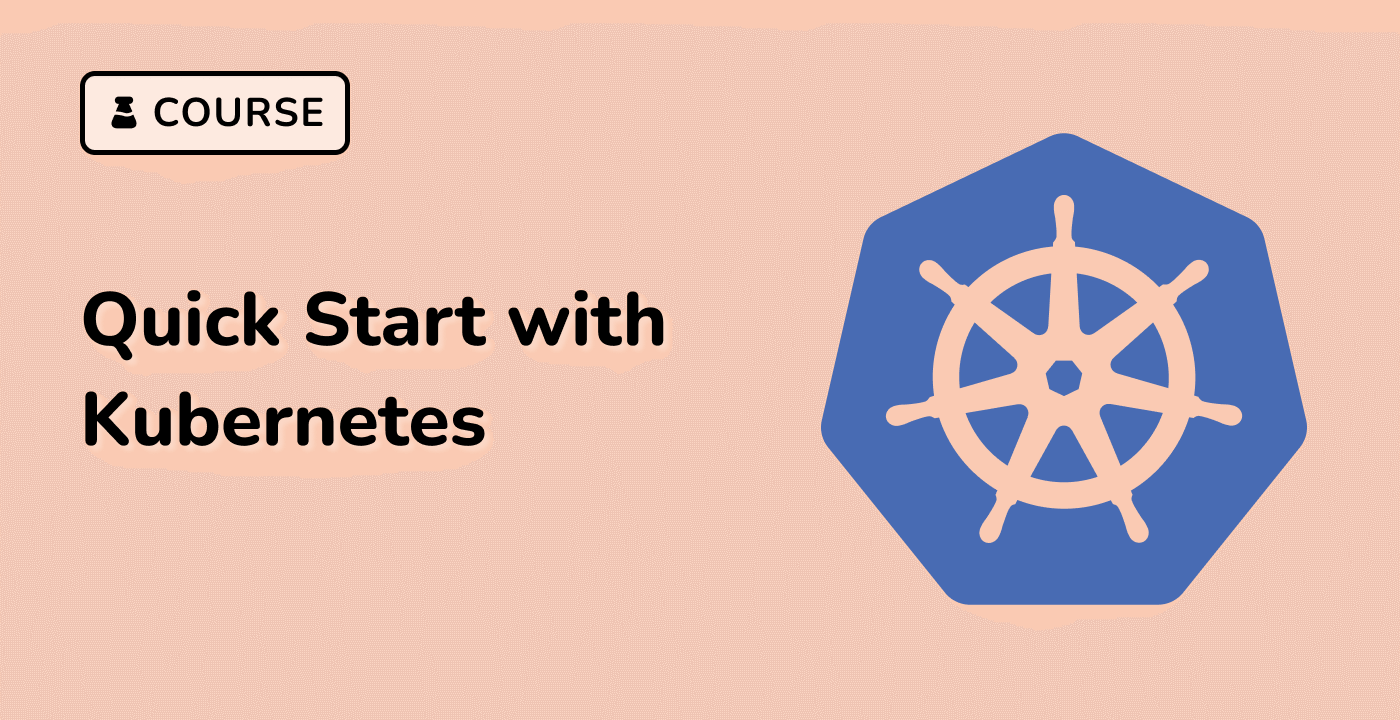Introduction
This comprehensive guide will introduce you to the concept of Kubernetes contexts, a powerful feature that allows you to seamlessly manage and interact with multiple Kubernetes environments. You'll learn how to view and switch between contexts, manage multiple contexts, configure context settings, and adopt best practices for using contexts to streamline your Kubernetes workflow.



